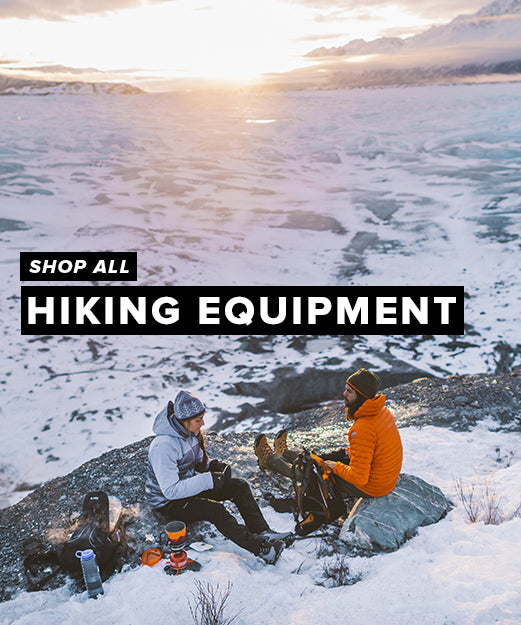In last months blog post I looked at Mountain Navigation and gave you some basic structure to your navigation skills. I also introduced the compass as a tool and promised you that I would teach you how to use it to take a bearing - so here we go.
When to use the compass
When navigating in the mountains you won’t need to use a compass on every navigation leg. If there are linear features that you can follow such as a path, stream, wall or fence then it will be easier to use them than to create your own linear feature using a compass bearing. Nonetheless even in these situations a compass can be used to give an approximate direction of travel to make sure its the right path, stream, fence or wall.
Generally I will use a compass bearing when I want to get from A to B and there is nothing that links the two on the ground. A typical example would be a featureless summit plateau in poor visibility when trying to find the descent path. Have a read of last months blog post to give this more context.
Types of Compass
There are many different types of compass on the market, with all sorts of shapes and sizes. My preference is for a compass that is light and simple but with a large base plate as it makes taking a bearing from a map much easier. I use a Silva Type 4 Expedition compass but the techniques shown in this article can be applied to anything that you might already have. Here is a photo showing the names of the key components of the compass so that you know what I am referring to later on in this article:

Four Simple Steps to taking a bearing
Step 1: Approximate Before you get the compass out decide where you want to go and establish which general direction it is i.e. North, South, East or West. This will allow you to catch any mistake you might make later on. In this example if travelling from A to B we will be heading roughly North. Step 2: Line up where you are with where you are going.
Line up where you are with where you want to go using the base plate of your compass. Make sure the direction of travel arrow is pointing in the direction that you want to travel.
In this example I am using the black lines in the base plate to link up points A & B.
Step 2: Line up where you are with where you are going.
Line up where you are with where you want to go using the base plate of your compass. Make sure the direction of travel arrow is pointing in the direction that you want to travel.
In this example I am using the black lines in the base plate to link up points A & B.
 Step 3: Rotate the bezel
Twist the bezel until North on the bezel is lined up with North at the top of the map. You can use the lines in the bottom of the bezel to line up accurately with the grid lines that run North to South on the map.
Step 3: Rotate the bezel
Twist the bezel until North on the bezel is lined up with North at the top of the map. You can use the lines in the bottom of the bezel to line up accurately with the grid lines that run North to South on the map.
 Step 4: Follow your bearing.
Take the compass away from the map. Rotate the whole compass (not the bezel) until the red needle (Fred) is sat in the red arrow on the base plate (Freds Shed). Follow the direction of travel arrow to follow your bearing. Your direction of travel should match your approximation from step 1.
Step 4: Follow your bearing.
Take the compass away from the map. Rotate the whole compass (not the bezel) until the red needle (Fred) is sat in the red arrow on the base plate (Freds Shed). Follow the direction of travel arrow to follow your bearing. Your direction of travel should match your approximation from step 1.

 NEW!! Free UK Delivery
NEW!! Free UK Delivery Hassle-Free Returns
Hassle-Free Returns Clearpay
Clearpay









